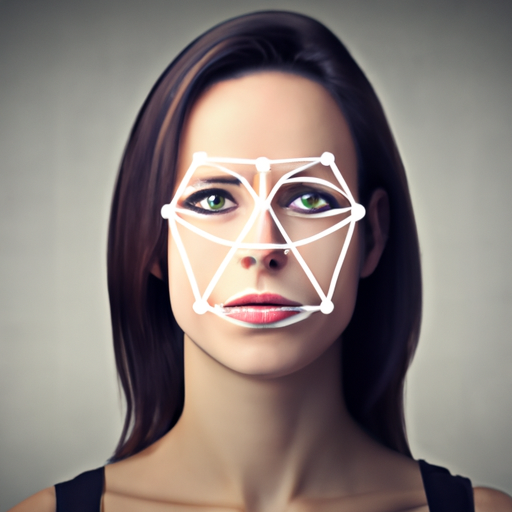In recent years, the demand for secure access solutions has led to the rapid evolution of biometric authentication technologies. These methods leverage unique physiological or behavioral characteristics to verify a person’s identity, making them increasingly popular in both personal and professional settings.
What are Biometric Authentication Methods?
Biometric authentication refers to the identification or verification of individuals based on their unique biological traits. Common methods include:
- Facial Recognition: This technology analyzes facial features and compares them to a database, providing a quick and contactless way to authenticate users.
- Fingerprint Scanning: One of the oldest and most widely used forms of biometric authentication, fingerprint scanning captures the unique patterns on a person’s fingers.
- Voice Recognition: By analyzing voice patterns and characteristics, this method allows for remote authentication via phone or smart devices.
- Iris Scanning: This method uses high-resolution images of the eye’s iris to create a unique identifier for secure access.
Benefits of Biometric Authentication
Biometric authentication methods boast several advantages:
- Enhanced Security: Unlike passwords, biometric traits are unique to individuals, making it significantly harder for unauthorized users to gain access.
- User Convenience: Biometric systems often allow for quicker authentication than traditional methods, such as typing passwords, thus improving user experience.
- Reduced Fraud: The use of biometrics can diminish identity theft and fraud as it directly ties account access to biological traits.
- Scalability: Biometric systems can easily be integrated into existing security frameworks, making it a flexible solution for organizations of all sizes.
Future Trends in Biometric Authentication
The future of biometric authentication looks promising, with several emerging trends including:
- Multi-Factor Biometric Systems: Combining multiple biometric methods (e.g., facial recognition with fingerprint scanning) will enhance security further.
- Increased Adoption in Mobile Devices: As smartphones increasingly incorporate biometric features, users can expect seamless integration of these technologies into everyday life.
- Privacy-Aware Solutions: Developing systems focused on safeguarding user privacy while maintaining security will be a critical area of focus in the coming years.
In conclusion, biometric authentication methods not only provide enhanced security and convenience but also pave the way for future advancements in digital security. As technology continues to evolve, these methods will likely become the backbone of secure access solutions globally.










